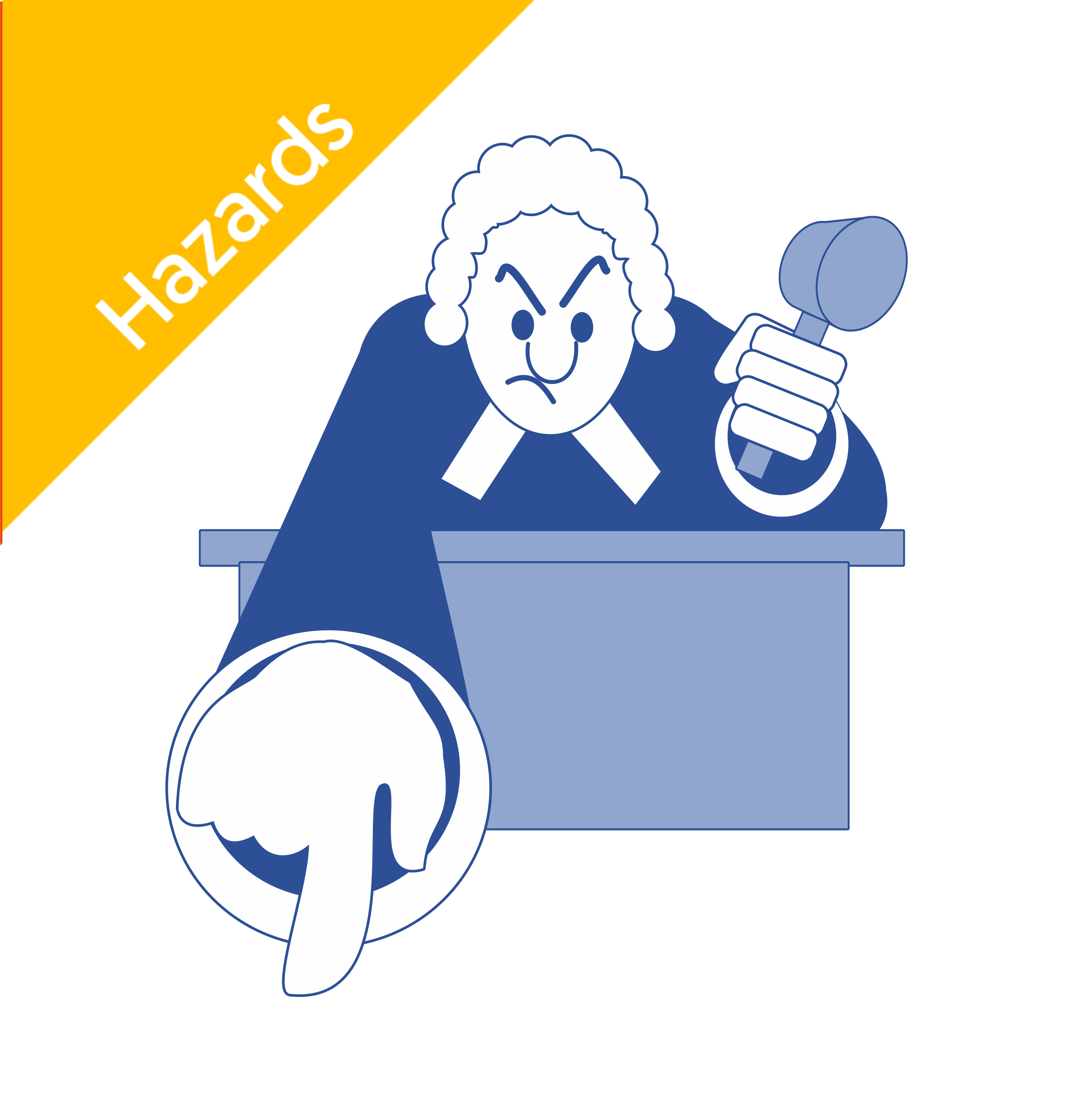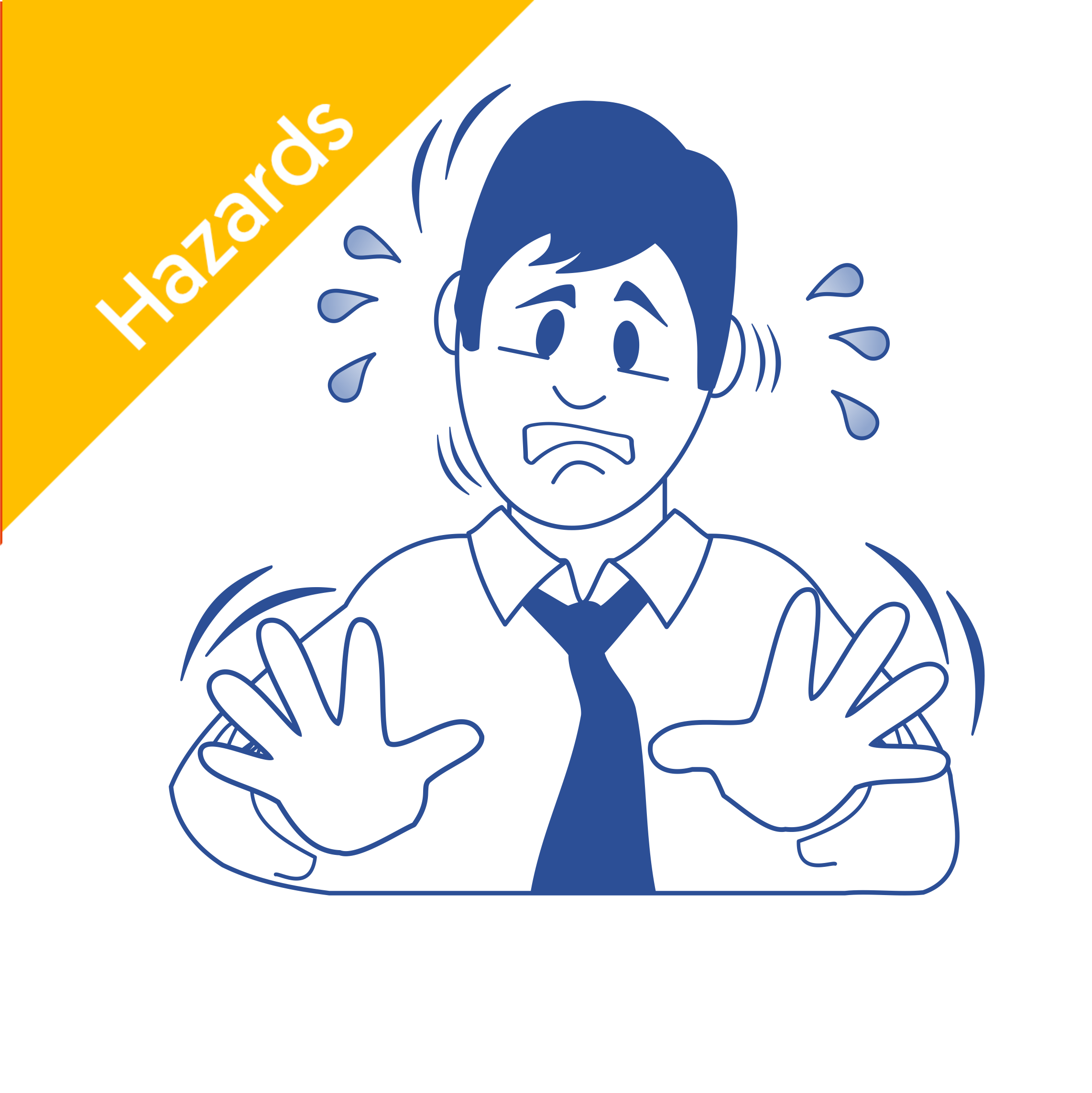Challenges for Employer Managing Remote Workers
Remote managers who have virtual teams and workers deal with special challenges, such as:
Not enough insight into how much work employees have and when they are available, increasing the risk of burnout.
Poor teamwork among remote groups.
Low employee engagement and worries about productivity.
Risks to data security when sensitive company data is accessed from a distance.
Managing assets, making sure company tools like laptops stay secure and work well.
Focusing on employee health, since mental health issues could be overlooked.
Following the rules for working alone to keep employees safe and healthy in a remote working environment.
Best Practices to Manage Remote Employees
While remote work presents challenges, businesses can overcome them with the right strategies. Here’s how to keep teams productive, engaged, and connected.
1. Use Technology for Effective Communication
Use different tools to collaborate on workflows, including various communication channels. Communication will help build stronger relationships and enable managers to offer professional and emotional support.
Email: A great option for official documents and follow-ups.
Instant Messaging (Slack, Teams, etc.): Perfect for fast, casual talks.
Video Calls (Zoom, Google Meet, etc.): A must for team meetings and detailed discussions.
Collaboration Tools (Google Docs, Mural, Trello, etc.): Help brainstorming, managing projects, and sharing documents in real-time.
2. Set Clear Expectations and Define Work Agreements
Employers need to set clear rules for managing remote workers to boost team productivity. This can help everyone know what is expected.
Set clear deadlines and make sure everyone owns their tasks.
Follow documentation standards to monitor work progress.
Have defined working hours and know when people are available.
Decide on review schedules to change expectations when needed.
3. Build a Sense of Belonging and Team Cohesion
Remote working employees might feel isolated and experience a heightened sense of loneliness. To humanise the remote workplace, strengthen team culture, and boost employee morale, especially for virtual teams, managers can:
Acknowledge and thank employees for their work often.
Encourage social interactions, including face-to-face interaction online, like casual talks, virtual coffee breaks, or team-building events.
Provide flexibility because home life can be tough sometimes.
4. Provide the Right Tools and Support
Make sure workers have everything they need to do their jobs well:
Remote employees need the right equipment, including computers, headsets, and ergonomic accessories.
Have IT support ready to fix technical problems quickly to minimise disruptions.
Training on tools for working together can help reduce frustration and improve how well we get things done.
5. Implement Remote Working Monitoring
To ensure productivity and maintain security:
Use employee monitoring software to keep an eye on work progress and identify any potential roadblocks without being too controlling.
Measure performance by looking at results and holding regular meetings, not just the hours spent working.
Strike a balance between monitoring and trusting employees. Your team should feel valued, not micromanaged.
6. Recognise and Reward Employees
Recognition helps people feel involved and excited. Think about:
Acknowledging achievements in team meetings openly.
Giving rewards such as bonuses, promotions, or chances for personal development.
Offering regular feedback to keep employees motivated and in line with company goals.
Remote Working UK & Compliance with Lone Working Control Measures
In the UK, the Health and Safety Executive (HSE) says remote workers or those working from home fall under the category of lone workers. For more details on lone worker laws, visit the Commodious Knowledge Bank.
Employer Responsibilities for Lone Remote Workers
Temporary home workers do not need a formal Display Screen Equipment (DSE) risk assessment. However, if remote work becomes a permanent situation, companies must carry out proper assessments. This is to make sure employees have a safe and comfortable work area. Think about who is working alone and what hazards they may face.
You must:
Train, supervise, and monitor lone workers.
Keep in contact with them and respond to any incidents.
If a lone worker is at another employer’s workplace, you must check with that employer about any risks and safety measures to ensure their protection.
Risks to Lone Workers
Lone workers may face risks such as:
Stress, mental health concerns, or wellbeing issues
Medical conditions that could affect their ability to work alone
Workplace violence
Remote or isolated work locations
Working from Home Health and Safety Responsibilities
Employers have the same health and safety responsibilities for remote workers as for those on-site. This includes:
Providing supervision, training, and support
Implementing safety measures to prevent accidents and injuries
By following these steps, you can help ensure the safety of lone workers.
For more details about the risks in remote work, ways to manage lone workers, and how to monitor remote employees, visit our Lone Workers Risk Assessment Checklist.
Final Thoughts
By following these best practices, businesses can build a productive and engaged remote workforce.
To prepare employees for lone working, try our online course that covers everything you need to be aware of. Completing this training awards a RoSPA certificate and 0.5 CPD points.








